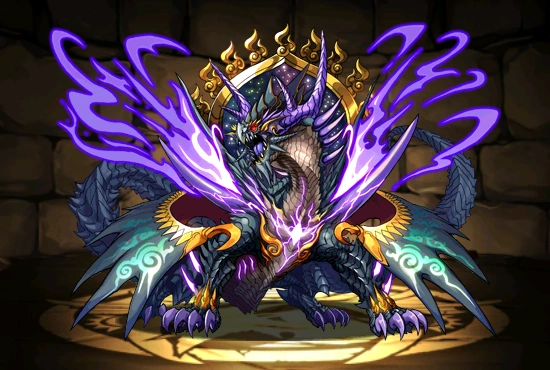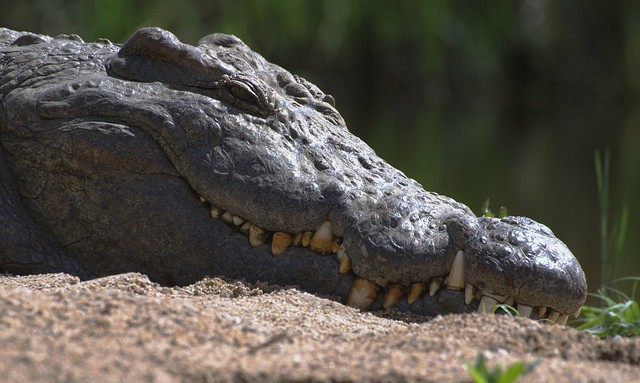This week’s dragon doesn’t have a name of his own, but was slain by a legendary warrior whose name he will forever be associated with.
One day, a village in New Guinea formed a group to go and find sago, a kind of flour made from the centers of palm trees. Twelve boats were made ready, and after three days the boats were nearly filled. On their way home, they passed over a dragon, who began whipping his tail around creating huge waves. Not only did many of the boats capsize, but the village itself was flooded. One pregnant woman held onto a tree to survive, eating its fruit and roots. When her son Biwar was born, there were so few villagers left that she had to raise him on her own away from the village.
Biwar was a talented young man. He could start fires and create weapons, and he was also a great sailor. One day, he came home with so many fish that his mother asked where they came from. When he told her, she begged him to never go there again, for that was where the dragon had emerged and killed so many of her fellow villagers. Hearing the tale, Biwar began setting up a trap for the dragon in the mouth of a cave. He lured the dragon into the cave, and when the dragon’s head creeped in Biwar’s traps set off. Arrows fired, spears were thrown, clubs rained down, and daggers flew through the air at the dragon. Biwar ran home and told his mother that the dragon was dead.
The next day, Biwar and his mother sailed to home village of Mimika. Everyone welcomed them back and celebrated Biwar, who had defeated the dragon that nearly killed him before he was even born.Rachel’s drawing of Biwar uses a monitor lizard native to New Guinea (pictured below), grown to enormous proportions. You can see his tail churning the water behind him.
























.jpg)





.jpg/290px-Medjerda_(RN_5).jpg)




